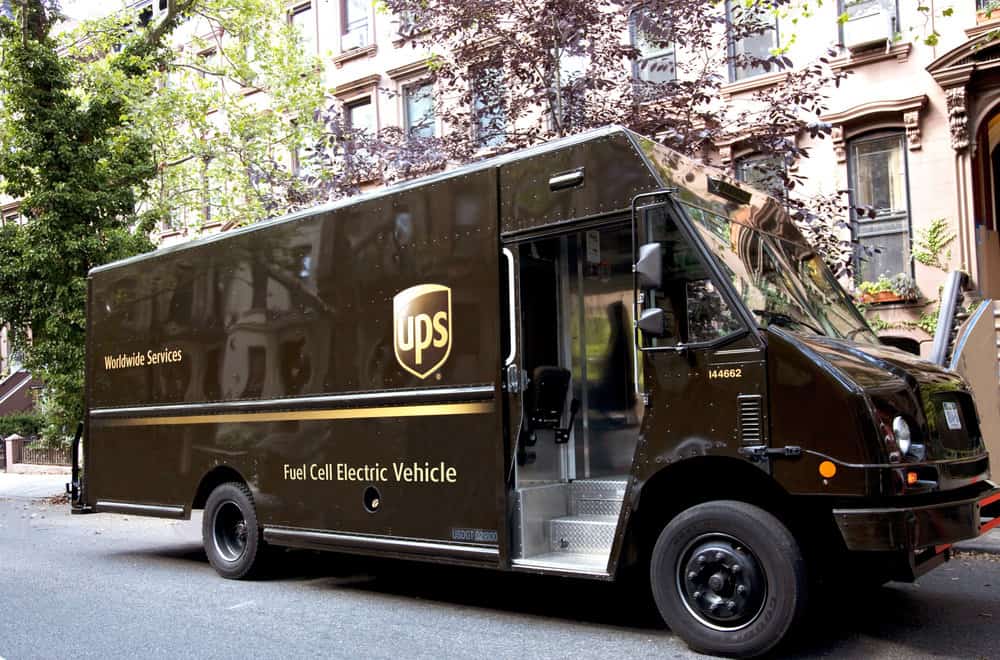
“Driving excellence through expertise” is the theme of this year’s Technology & Maintenance Council’s Annual Meeting & Transportation Technology Exhibition this week in Atlanta, and it was the theme that Carlton Rose, president of global fleet maintenance and engineering for UPS, hit upon repeatedly in his keynote breakfast address on Tuesday morning.
“When technology is providing more and more of the expertise, it can seem difficult to see excellence,” he told attendees, mentioning technologies such as electric and autonomous vehicles as examples. “The bad news is excellence evolves; the good news is excellence evolves.”
Rose summed up UPS’ approach to change by defining what excellence should mean to any organization. “By defining what excellence is, you can share in its success,” he noted. “If you are the one that defines excellence, you’re the one that shapes what it means.”
Noting that mediocrity is achieved by “standing still,” Rose hit upon the three areas that UPS is trying to influence in its quest for excellence: cleaner cities, safer vehicles, and technical knowledge.
“In a world of worthy causes, this is one where we can define excellence and determine how we get there,” he said of clean city goals. Rose pointed out that 23% of greenhouse gas emissions in the U.S. come from the transport sector and UPS, with its sheer size and global influence, is in a position to effect change.
“Every day, 6% of everything that moves through the U.S., and 3% of everything that moves in world, moves through the UPS network,” he noted.
Rose went on to detail UPS’ Rolling Laboratory, which is its effort to develop alternative fuels and advanced technologies and see how those operate within the UPS network in real-world applications. He noted that UPS made a $90 million investment in natural gas infrastructure and vehicles – both compressed natural gas (CNG) and liquefied natural gas (LNG) – last year as the company remains committed to the fuel as a solution to cleaner cities.
Renewable natural gas (RNG) is a fuel that UPS is devoting plenty of time and money on. Rose noted that RNG is a very flexible natural gas fuel that can be converted to either CNG or LNG and can be created by capturing methane gas escaping from landfills and other sources.
“Critics will say these are still just fossil fuels that are not good for the environment, just less bad,” Rose remarked. “But we see it as a bridge to a zero-emissions future.
In all, UPS has over 9,000 alternative-power vehicles in its global fleet, including 122 electric package cars in the U.S. “Cleaner fuels and cleaner cities, that’s one way we are defining excellence,” Rose said.
Turning to the second area UPS is focused on, Rose talked about safer vehicles, in particular autonomous vehicles and technologies such as platooning.
“Autonomous vehicles are coming, the question is when,” he said. But, advanced driving assistance systems (ADAS) are real and can help reduce the 63,000 plus truck-related crashes each year. ADAS systems include collision mitigation, lane departure warning, and stability control to name a few. “These are all systems that can make us safer,” Rose noted.
UPS’s Advanced Technology Group is working with Peloton on platooning technology, something that Rose said is typical of the type of involvement UPS strives for in technology development.
“If excellence is safer vehicles, we can’t just look at the technologies coming, we have to be engaged,” he said.
The final area Rose alluded to early in his presentation is the areas surrounding technical knowledge. “We think of our selves as a technology company with trucks,” he explained. “We don’t have maintenance workers, we have technicians.”
And it is that thinking that Rose said keeps driving UPS forward.
He concluded his speech looking at some of the barriers that are holding back society, including cost of new technologies.
“We’ve purchased 125 of the new Tesla Semis, which is not cheap at $180,000 or $200,000 each compared to [a diesel truck], but we fully expect to have a lower cost of ownership,” he said. “Electric vehicles should be cheaper, but we hope we can stimulate change and lower the price for [everyone].”
Electric infrastructure is also a barrier to wider adoption of electric vehicles, Rose noted, adding that UPS is using its scale to develop charging stations. “Right now, there is no federal plan to pay for [electric charging infrastructure], so who will,” Rose asked. “UPS has an advantage with our hub system.”
The greatest barrier to adoption of any technology, though, is fear of the unknown.
“Fear of the unknown creates barriers, especially for smaller fleets,” Rose acknowledged. The rules for grants for electric vehicles are constantly changing, which makes it hard for small fleets to obtain them.
Rose concluded by offering advice for anyone looking to drive excellence. “Just do it and don’t sacrifice good for perfect,” he said.
Stay up-to-date with the latest commentary and insights on FreightTech and the impact to the markets by subscribing.
